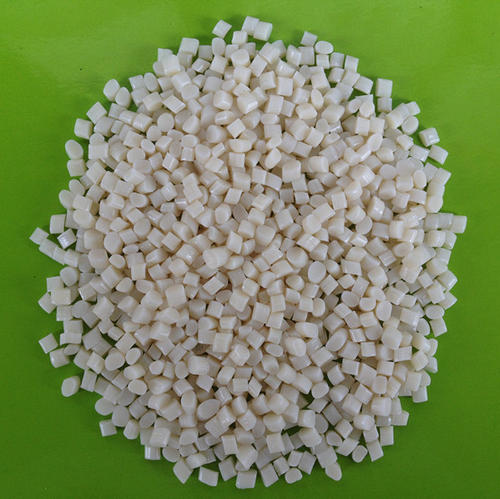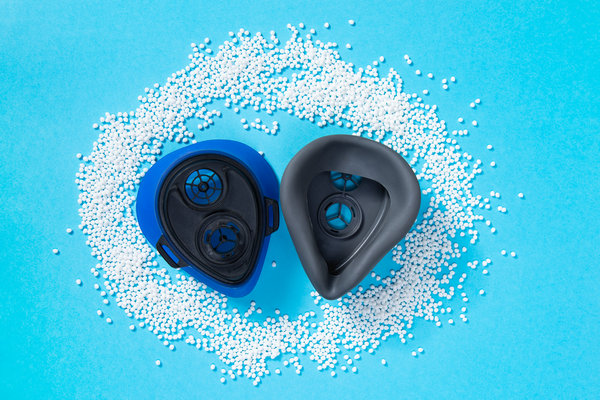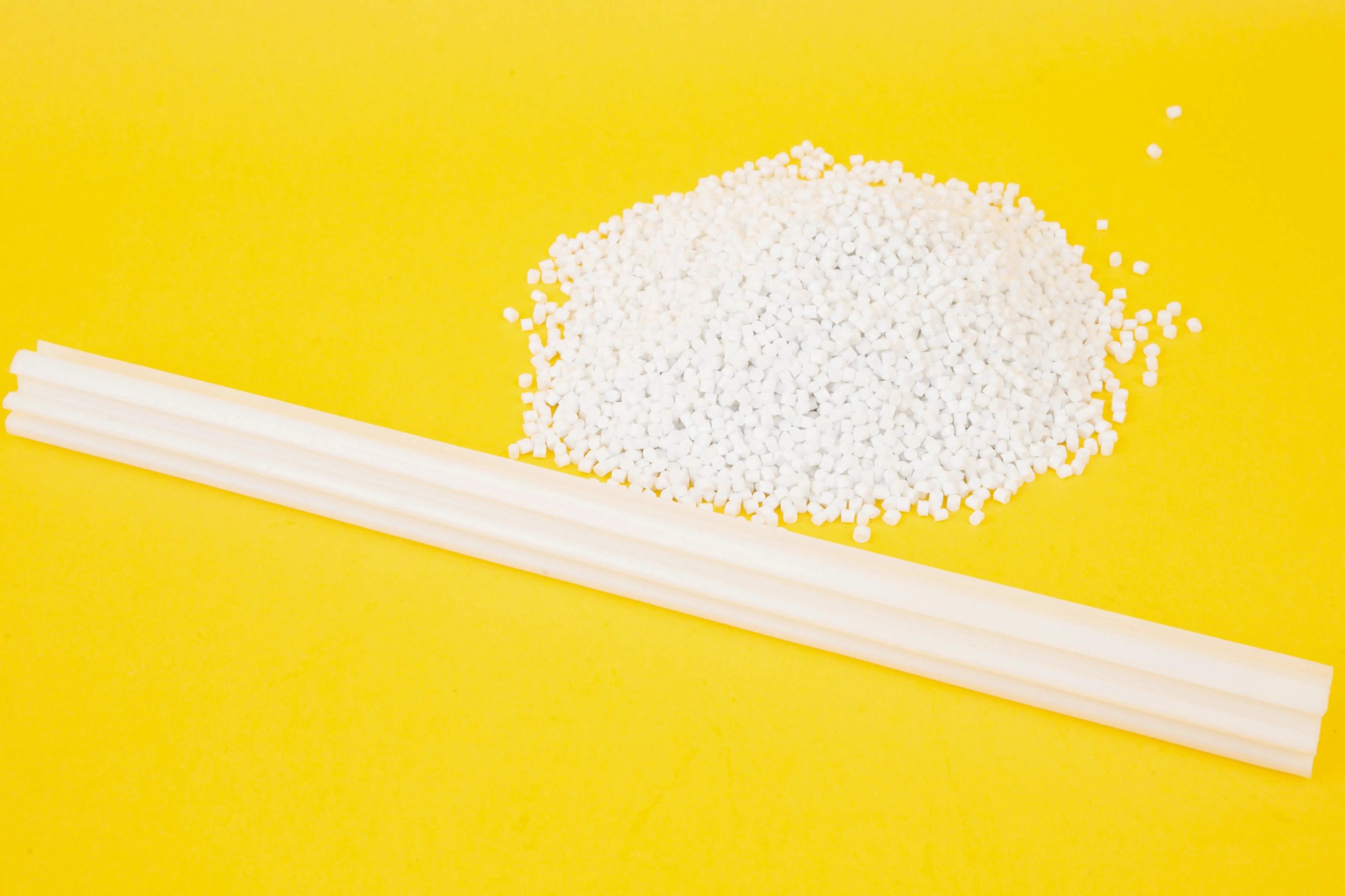As someone who’s been knee-deep in the materials industry for nearly two decades, I’ve seen countless debates over which material reigns supreme for specific applications. One question that keeps popping up, especially among manufacturers, designers, and DIY enthusiasts, is whether TPE (Thermoplastic Elastomer) or EPDM (Ethylene Propylene Diene Monomer) is the better choice. Having worked with both in everything from automotive parts to weatherproof seals, I can tell you it’s not a one-size-fits-all answer. Each material has its strengths, and the best pick depends on your project’s demands—be it a car mat, a roofing membrane, or a medical device component. Let me walk you through a detailed comparison, drawing from my hands-on experience, to help you decide which material fits your needs.

Understanding TPE and EPDM
Let’s start with the basics. TPE is a blend of plastic and rubber, offering a unique combination of flexibility, recyclability, and processability. It’s like the Swiss Army knife of materials—versatile, lightweight, and widely used in products like yoga mats, automotive seals, and medical tubing. EPDM, on the other hand, is a synthetic rubber known for its exceptional resistance to weathering, ozone, and UV exposure. It’s a go-to for outdoor applications like roofing membranes, window seals, and garden hoses.
I’ve spent years advising clients—from small startups to large industrial manufacturers—on choosing between these materials. For instance, a car parts supplier I worked with swore by EPDM for weatherstripping due to its durability in harsh climates, while a yoga mat brand I consulted opted for TPE for its eco-friendliness and comfort. To figure out which is better for you, let’s compare them across key factors.
Key Factors in Comparing TPE and EPDM
1. Durability and Weather Resistance
Durability is often the first concern when choosing a material, especially for outdoor or high-wear applications.
TPE: TPE is highly durable in moderate conditions. Its flexibility and resilience make it resistant to cracking under stress, and it holds up well in temperatures ranging from -40°C to 120°C. However, prolonged exposure to UV light or extreme heat can degrade some TPE grades, especially if not UV-stabilized. I’ve seen TPE car mats last for years in daily use, but in a sun-baked Arizona parking lot, they showed slight fading after two years without UV additives.
EPDM: EPDM is a rock star for weather resistance. It thrives in harsh outdoor conditions, withstanding UV exposure, ozone, and temperatures from -50°C to 150°C without losing its properties. In my experience, EPDM roofing membranes have lasted 20-30 years in brutal climates, from snowy Minnesota to humid Florida. Its low water absorption (less than 1%) makes it ideal for seals and gaskets exposed to rain or moisture.
2. Flexibility and Elasticity
Both materials are prized for their rubber-like flexibility, but they behave differently.
TPE: TPE’s thermoplastic nature gives it a soft, elastic feel that’s perfect for applications requiring comfort or stretch. Its Shore hardness (typically 20A-90A) allows for customization, from soft yoga mats to firmer automotive seals. I worked with a medical device manufacturer who chose TPE for tubing because it could flex without kinking, offering 30-50% better elongation than EPDM in some cases. However, TPE’s elasticity can diminish under constant strain.
EPDM: EPDM offers excellent elasticity, with elongation rates of 200-600%, but it’s less customizable than TPE. Its rubbery texture is ideal for seals and gaskets that need to compress and rebound repeatedly, like car door seals. I’ve seen EPDM weatherstripping maintain its shape after years of door slams, but it’s not as soft or pliable as TPE, which can feel less comfortable in applications like mats.

3. Eco-Friendliness and Safety
Environmental impact and safety are increasingly important, especially for consumer goods or medical applications.
TPE: TPE shines here. It’s recyclable, non-toxic, and free from harmful chemicals like phthalates or halogens. Many TPE formulations use recycled granules, reducing CO₂ emissions by up to 80% compared to traditional rubber. I advised a toy manufacturer to switch to TPE for its odorless, hypoallergenic properties, making it safe for kids. TPE’s closed-cell structure also resists bacteria, which is great for medical or fitness applications.
EPDM: EPDM is not recyclable in the same way, as it’s a thermoset rubber that requires complex processes to break down. Its production involves volatile organic compounds (VOCs), and some grades may release a slight odor during curing. While EPDM is safe for most applications once cured, it’s less ideal for sensitive environments like hospitals. I’ve had clients in eco-conscious markets shy away from EPDM due to its environmental footprint.
4. Processing and Cost
Manufacturing ease and cost are critical, especially for large-scale production.
TPE: TPE’s thermoplastic properties make it easier and cheaper to process. It can be injection-molded or extruded, allowing for faster production cycles and lower tooling costs. A client producing automotive grips saved 20% on manufacturing costs by switching from EPDM to TPE due to its moldability. However, high-quality TPE grades can be pricier, with costs ranging from $2-5 per kg, depending on additives like UV stabilizers.
EPDM: EPDM requires vulcanization, a time-consuming process that involves heat and chemical curing, increasing production costs. Its raw material cost is slightly lower, around $1.5-3 per kg, but labor and energy expenses can make it less economical for complex shapes. I’ve seen manufacturers stick with EPDM for simple seals but switch to TPE for intricate designs to save on processing.
5. Chemical and Oil Resistance
Applications exposed to chemicals or oils need materials that won’t degrade.
TPE: TPE has moderate chemical resistance, handling water, mild acids, and bases well. However, it’s less resistant to oils and solvents, which can cause swelling or degradation in certain grades. I worked with a factory using TPE gaskets in water pumps, which held up fine, but they switched to EPDM for oil-exposed parts after noticing slight swelling.
EPDM: EPDM excels in chemical resistance, particularly against water, steam, and polar substances like acids and alkalis. It’s also resistant to some oils, though not as much as nitrile rubber. In an industrial plant I consulted for, EPDM seals in steam systems lasted 10+ years, while TPE would have failed sooner due to heat and chemical exposure.
6. Applications and Versatility
The range of applications can influence your choice, as each material excels in different areas.
TPE: TPE’s versatility makes it a favorite for consumer goods, medical devices, and automotive interiors. Its soft feel and recyclability are perfect for yoga mats, phone cases, or car floor mats. I helped a fitness brand choose TPE for its anti-slip, cushioned yoga mats, which outperformed EPDM in comfort and eco-friendliness.
EPDM: EPDM dominates outdoor and industrial applications. Its weather resistance makes it ideal for roofing membranes, window seals, and garden hoses. In a construction project I advised on, EPDM roofing lasted decades under harsh sun and rain, where TPE would have needed frequent replacement.

Comparison Table: TPE vs EPDM
Here’s a concise breakdown of how TPE and EPDM compare:
|
Feature |
TPE |
EPDM |
Best For |
|---|---|---|---|
|
Weather Resistance |
Moderate, UV additives needed |
Excellent, UV and ozone resistant |
EPDM for outdoor use |
|
Flexibility |
Highly flexible, soft feel |
Elastic, but firmer |
TPE for comfort-driven products |
|
Eco-Friendliness |
Recyclable, non-toxic |
Non-recyclable, VOCs in production |
TPE for eco-conscious applications |
|
Cost Efficiency |
Easier to process, higher material cost |
Cheaper material, higher processing cost |
TPE for complex designs |
Real-World Experiences
To bring this to life, let me share a couple of stories from my career. In one project, I worked with an automotive supplier producing weatherstripping for car doors. They initially used TPE for its moldability and cost savings in production. However, after two years in harsh Canadian winters, the TPE seals showed slight cracking due to UV exposure. Switching to EPDM solved the issue, as its superior weather resistance kept the seals intact for over a decade.
In contrast, a medical device company I consulted for needed tubing for surgical equipment. They chose TPE for its flexibility, non-toxic properties, and ease of sterilization. The TPE tubing was softer and more comfortable for patients than EPDM would have been, and its recyclability aligned with the company’s sustainability goals. After three years, the tubing showed no signs of wear, even with frequent cleaning.
For home use, I helped a family choose TPE for their anti-slip car mats. The mats’ soft feel and eco-friendly credentials were a hit, and they stayed grippy even in muddy conditions. EPDM would have been overkill for indoor car use, where weather exposure was minimal.
Choosing the Right Material for Your Needs
So, which is better? It depends on your project:
Choose TPE if: You need a versatile, eco-friendly material for indoor or moderate outdoor use. TPE is ideal for consumer goods (yoga mats, phone grips), medical devices, or automotive interiors where comfort and recyclability matter. Its ease of processing also makes it great for complex designs or cost-sensitive production.
Choose EPDM if: You’re working on outdoor or industrial applications exposed to harsh weather, UV, or chemicals. EPDM is the go-to for roofing, seals, gaskets, or hoses that need to last decades in tough conditions.
Here are some practical tips from my experience:
Assess Environmental Exposure: For outdoor use, choose EPDM unless UV-stabilized TPE is available. For indoor or controlled settings, TPE is often sufficient.
Check Certifications: Look for TPE with GRS or OEKO-TEX® certifications to ensure eco-friendliness. For EPDM, verify it’s ASTM-compliant for specific applications like roofing.
Test for Chemical Exposure: If your application involves oils or solvents, test TPE samples or opt for EPDM to avoid degradation.
Consider Production Scale: For high-volume, intricate parts, TPE’s moldability can save time and money. For simple, durable seals, EPDM’s lower material cost may be worth the processing trade-off.
Prioritize Safety: In sensitive environments like hospitals or homes with kids, TPE’s non-toxic nature is a big plus.

Challenges and Considerations
Both materials have their quirks. TPE can be less durable in extreme outdoor conditions unless treated with UV stabilizers, which add cost. Some cheaper TPE grades may lack the resilience of premium options, so always check the formulation. EPDM’s thermoset nature makes it harder to recycle, and its production is less eco-friendly, which can be a dealbreaker for sustainability-focused projects. Additionally, EPDM’s vulcanization process can lead to inconsistent quality if not tightly controlled.
Installation is another factor. TPE’s flexibility makes it easier to mold into complex shapes, like custom car mats using 3D scanning. EPDM, being firmer, may require more effort to install in tight spaces. I’ve seen clients struggle with EPDM seals that needed precise cutting, whereas TPE seals were easier to fit.
The Future of TPE and EPDM
The materials industry is evolving fast. TPE is gaining ground due to its recyclability and advances in UV-resistant formulations, which are closing the gap with EPDM for outdoor use. By 2027, I expect TPE to become even more cost-competitive, with prices potentially dropping to $1.8-3 per kg for high-quality grades. EPDM remains a staple for industrial applications, but innovations in bio-based EPDM could reduce its environmental impact.
Government incentives, like those under the Inflation Reduction Act, are pushing manufacturers toward sustainable materials like TPE by offering rebates for eco-friendly upgrades. This could make TPE more accessible for small businesses or startups looking to go green.
Final Thoughts
Having worked with both TPE and EPDM across countless projects, I can say that TPE is often the better choice for indoor, eco-friendly, or comfort-driven applications, thanks to its recyclability, flexibility, and safety. However, EPDM is unbeatable for outdoor durability and chemical resistance, making it the go-to for harsh environments like roofing or industrial seals. Your choice depends on your project’s environment, budget, and priorities.
Before deciding, test samples in your specific conditions—UV exposure, chemical contact, or mechanical stress can reveal a lot. Invest in quality materials from reputable suppliers, and don’t skimp on certifications to ensure performance. Whether you’re sealing a car door or designing a yoga mat, the right material will save you time, money, and headaches in the long run.

Frequently Asked Questions
Q: Can TPE be used outdoors like EPDM?
A: TPE can be used outdoors if UV-stabilized, but it’s generally less durable than EPDM in extreme weather. For long-term outdoor exposure, EPDM is the better choice due to its superior UV and ozone resistance.
Q: Is TPE safer than EPDM for medical applications?
A: Yes, TPE is often safer due to its non-toxic, hypoallergenic properties and lack of phthalates or VOCs. EPDM is safe once cured but may release odors during production, making TPE better for sensitive environments.
Q: Which material is cheaper to produce?
A: TPE is generally cheaper to process due to its moldability and faster production cycles. EPDM’s raw material cost is lower, but vulcanization increases labor and energy expenses, making TPE more cost-effective for complex parts.
Q: How do I know if my TPE or EPDM is high quality?
A: Check for certifications like GRS or OEKO-TEX® for TPE and ASTM for EPDM. Test samples for flexibility, chemical resistance, and UV stability. Reputable suppliers will provide detailed spec sheets.
Q: Can I recycle EPDM like TPE?
A: TPE is recyclable, while EPDM is not, as it’s a thermoset rubber. Some EPDM can be ground into crumb rubber for reuse, but the process is complex and less common than TPE recycling.





